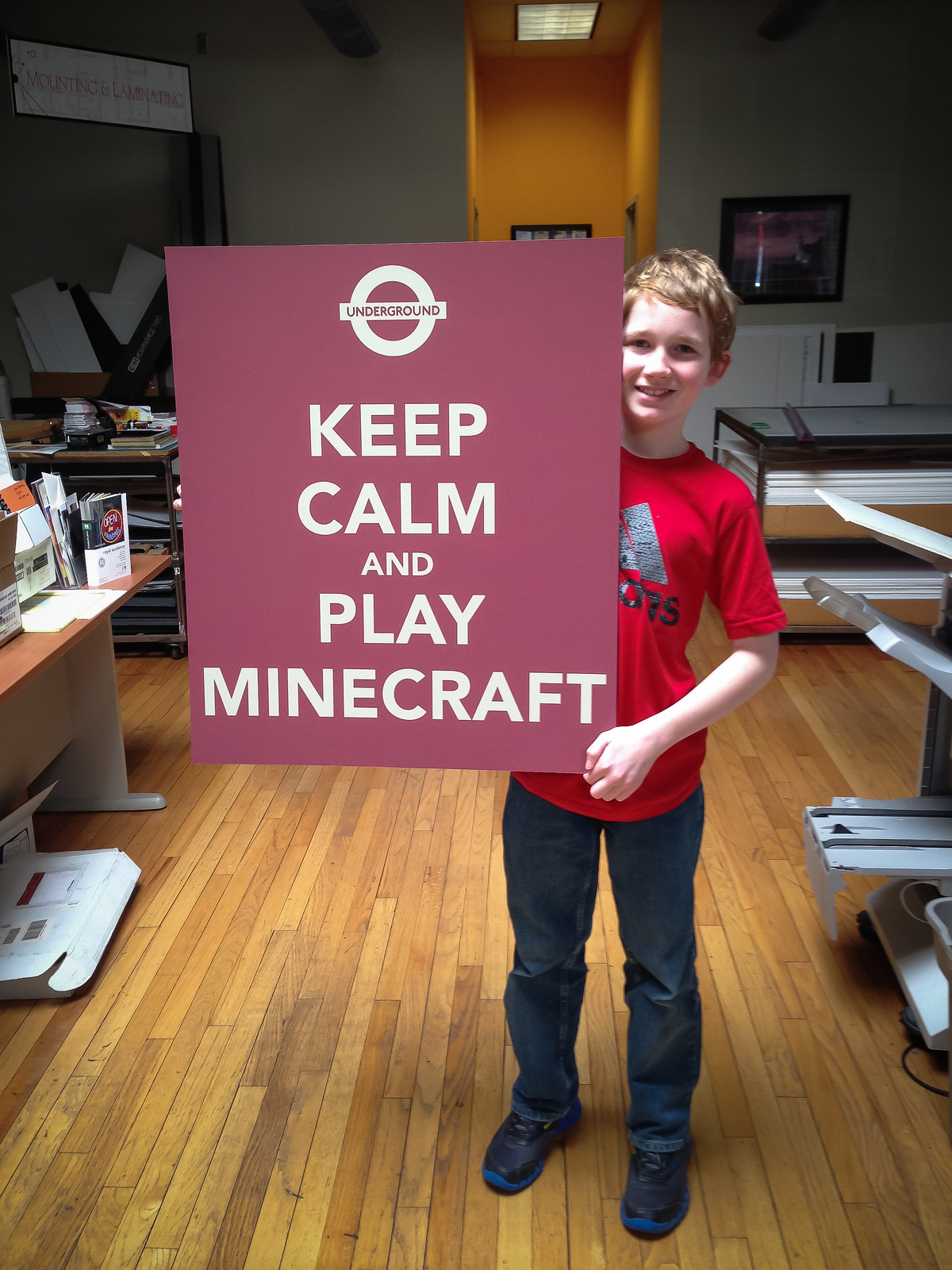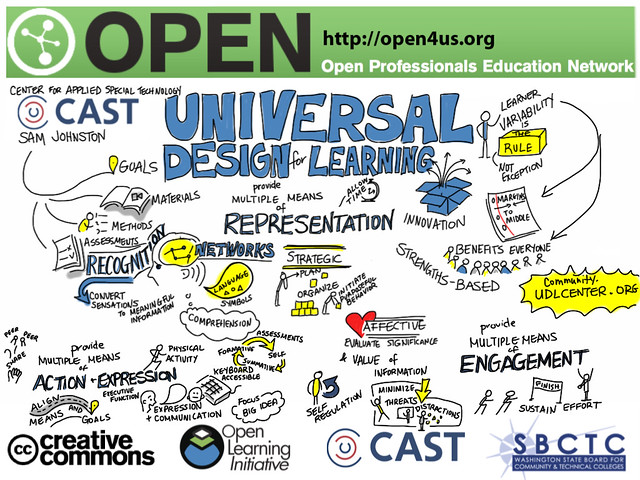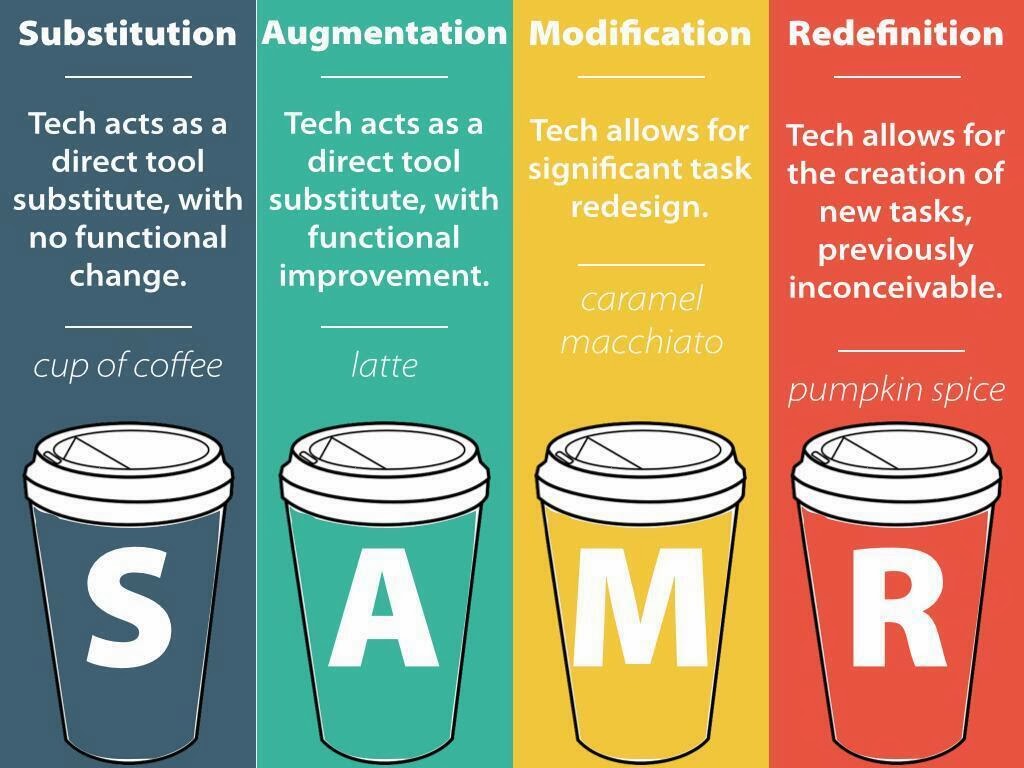Minecraft is a term more and more frequently heard in education in New Zealand and overseas. I was introduced to Minecraft about 3 years ago by my oldest son who abandoned his Lego for Minecraft. But where's the learning in this? 27 educators plus some lovely minions = students explored just that on the weekend at #EducampMinecraft
Similar to other Educamps around the country we started with a Smackdown:
Twitter brought many of us there, so Twitter we used to share some of the Minecraft Magic with each other and with those who could not make it on the day (thanks to +Annemarie Hyde for creating this Storify!) [As Storify is not playing nicely today, here is the link to the collection of tweets].
We were lucky to have educators from around the country join us, travelling from Whangarei, Auckland, the Waikato, Bay of Plenty, Napier and even Wellington! Technology allowed +Shaun Wood to join us via Skype from Christchurch. After a delicious lunch catered by the PTA, teachers under the guidance of students set off to actually 'mine' on laptops, tablets, while another group created a Google+ Community Minecraft in NZ Classrooms - feel free to join!
The conversations during and via Twitter after the day were the most important features of this day for me, we were definitely not just talking about Minecraft!
Everyone in the room agreed that Minecraft can be an important tool in a teacher's kete. However, there is much more than just 'mining' we took away from Educamp Minecraft, including the following:
Let's bring learning to where students are.
Students are experts - teachers do not need to be the experts in Minecraft.
Think about the learning in your class, then be the "Guide on the Side".
We also went away with many questions:
How to practically set up servers at our school?
What is the most suitable platform for our particular environment?
Where do we start?
I was particularly impressed with the examples of using Minecraft in the classroom shared by +Kassey Downard, +Steve Katene, +Natalie Dodd and +Michael Fawcett. Particularly Steve's reference to SOLO Taxonomy intrigued me, I have looked at SOLO before but I really want to get my teeth into it some time.
Where to from here?
I would like to thank +Annemarie Hyde, +Kassey Downard and the Mokoia School PTA for hosting, all parents of our minions for their permission to attend school on the weekend and all educators for giving up their time to share some Minecraft Magic!
| Image Source |
The conversations during and via Twitter after the day were the most important features of this day for me, we were definitely not just talking about Minecraft!
Everyone in the room agreed that Minecraft can be an important tool in a teacher's kete. However, there is much more than just 'mining' we took away from Educamp Minecraft, including the following:
Let's bring learning to where students are.
Students are experts - teachers do not need to be the experts in Minecraft.
Think about the learning in your class, then be the "Guide on the Side".
We also went away with many questions:
How to practically set up servers at our school?
What is the most suitable platform for our particular environment?
Where do we start?
| Image Source |
I was particularly impressed with the examples of using Minecraft in the classroom shared by +Kassey Downard, +Steve Katene, +Natalie Dodd and +Michael Fawcett. Particularly Steve's reference to SOLO Taxonomy intrigued me, I have looked at SOLO before but I really want to get my teeth into it some time.
 |
| BeLchick1 in Minecraft |
- Find a keen 12y old and you will be running Minecraft in your classroom in no time!
- Coincidentally, #aussieED chat discussed "The Importance of Play" on Sunday night which +Brett Salakas collated in a Storify.
- +Sonya Van Schaijik will host a GHO on Minecraft on Tuesday 30 Sep, 11:00 - 12:00.
- At Ulearn, come and join us for Minecraft Magic - It's all about the learning! Breakout 4, 1:45 - 3pm at Rydges Hotel, Rotorua
- Join Minecraft in NZ Classrooms and share your thoughts, experiences or ask questions.
 |
| Image Source |











